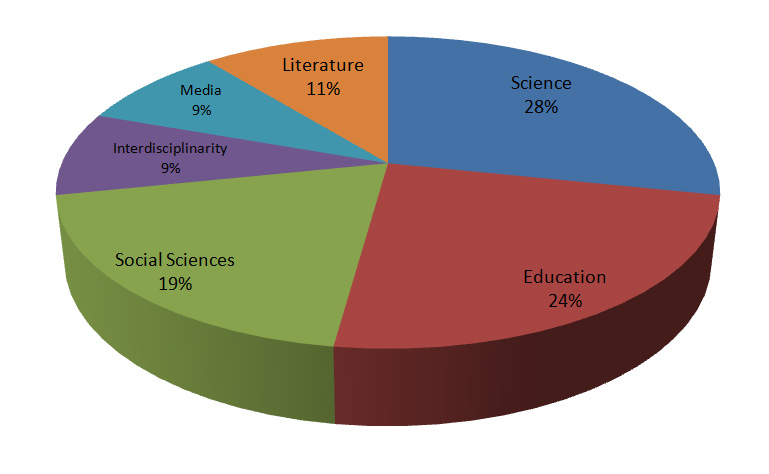– Pushpa Raj Adhikary
All of us have seen a pipe fitted with a piston. When the lower end of the pipe is dipped in water and the piston is pulled up, water rises in the pipe. This is the way ink is filled into a fountain pen and liquid medicine is pulled in a hypodermic syringe.
No water rises in a pipe when dipped in water, but water can be made to rise up in a pipe once the piston fitted on it is pulled up. How do you think a piston is capable to pull water up in a pipe? When medieval scholars saw that water follows a piston up a pipe , they found a simple, though hardly convincing, explanation. They reasoned that the piston, when pulled up, also pulls the air contained in the pipe, so a void or nothingness is created and water, in turn, rises up to cover this void or vacuum. Although a simple explanation was found out, it was not less than a horror for them to conceive the idea of the vacuum.
In 1643 AD, an Italian scientist, Evangelista Torricelli, carried out an experiment. He took a meter (33 foot) long glass tube with one end sealed and filled it with mercury. By closing the open end with the thumb he carefully lowered this end into a cup filled with mercury. Once the tip was dipped well into mercury, he removed his thumb and held the tube upright. Some mercury from the tube flowed out into the cup and a gap appeared in the upper end of the tube.
Torricelli reasoned that the upper end of the tube was sealed off from the atmosphere and no air could pass into it through the glass walls or the mercury. Therefore, it didn’t contain air or anything, hence an empty space or a total vacuum is created. The space above the mercury column has been named as “Torricellian vacuum”.
Today any physicist will tell you that a Torricellian vacuum is not a real, absolute vacuum. For one, it contains mercury vapour. Secondly, there are molecules of nitrogen, oxygen and even carbon dioxide. These gases are dissolved into mercury and they readily evolve from mercury to spread into the space over mercury. Every earthly material, even metal, glass, wood or plastic, contains some gases. These gases readily diffuse into a vacuum. This process is analogical to the bubbling of gas in a bottle of coca or soda. As long as the bottle is closed, the pressure inside the bottle is above the normal pressure of the air in the atmosphere. The gas is dissolved in the water and nothing reveals its presence. When you open the bottle, the pressure drops and the bubbles of gases pop out in the surface as if the liquid in the bottle were boiling.
The physicists could also tell you of the difficulties which they encounter in their attempts to produce and, even more so, maintain a high vacuum. When scientists began sending high altitude rockets up to take samples of air in the upper layers of the atmosphere, they thought the job would be quite simple. The scientists have metal cylinder of suitable size with airtight valves, pump all air out of it, place it into a rocket and shoot it two or three hundred kilometers up where automatic devices would open the valves, let the air outside flow into the cylinder and close it again. A parachute would carefully bring the sample back to earth. This, however, is easier said than done.
A process, similar to the boiling of liquid and bubbling of gas in a bottle of coca, though not so violent, takes place in the materials of which a rock is built by the time it reaches an altitude of 250-300 kilometers. Even in a laboratory, with ingenious devices designed to create an ultrahigh vacuum in a glass or metal cylinder, it is impossible to maintain the vacuum for very long as gases begin to evolve from the cylinder walls, and air even filters through them from outside. So you see that it is not easy to bring an air sample from a very high altitude.
Can complete vacuum be found anywhere in the universe above the layer of air which we call atmosphere? A trip beyond the atmosphere is necessary to find out, and we need suitable vehicle to embark upon such a journey. A balloon, evidently, will not do. A balloon could take up to 20 kilometers which means that the atmosphere up there is still fairly dense. If we ride in a gondola even up to eight or ten kilometers high above sea level, the air would be so rarefied that we cannot take normal breathing.
We can say that the emptiness of outer space is as illusory as the emptiness of Torricellian vacuum. Our dream of finding total emptiness or absolute vacuum ends in void.
Clouds present another tangible and visible indication of atmosphere. Clouds generally appear at an altitude of 80 kilometers from the surface of the earth. Somewhat higher, between 100 to 120 kilometers above the surface of the earth, meteors appear as shooting stars. And it is a proof that the atmosphere, which is unable to support our breathing, is still sufficiently dense at an altitude of 120 kilometers from the surface of the earth. The aurora Polaris (northern and southern lights) which occur in the uppermost layers of the atmosphere, have been observed as high as 1,200 kilometers.
It can be said that neither lighter than air balloons nor heavier than air aeroplanes can be used to study the upper layers of the atmosphere. The atmosphere, which surrounds our earth, has no sharply defined boundaries. It becomes less and less dense the higher we go, and somewhere between 2,000 to 3,000 kilometers up it gradually thins out into interplanetary gas.
Once the atmosphere vanishes completely at a sufficient height above the earth, would there be vacuum from there and afterwards? At a height of 3000 kilometers above the surface of the earth, just outside the edge of the atmosphere, we encounter electrically charged particles. These electrically charged particles are known as elementary particles because they are the building blocks of matters which make our universe. These elementary particles come from different sources like sun, stars and other energy emitting bodies found in the universe. These elementary particles are trapped by the magnetic field of the earth and spiral along the earth. There are three such belts of elementary particles of high energy which surround our earth.
There was a time when scientists compared the earth with a large nut encased in a thin gaseous shell. Today we know that the atmosphere is extended only up to 2000 kilometers up and it trails away into the gas filling interplanetary space. The earth is surrounded by a great halo of radiation, about 50,000 kilometers in diameter consisting of electrically charged elementary particles gyrating around the magnetic force of the earth.
So, where do we look for a total vacuum? Beyond the atmosphere or even beyond the 50,000 kilometers boundary of the charged particles? If we move away from the earth beyond 50,000 kilometers, say, to the moon, are we able to get a total vacuum? Moreover, the moon does not have an atmosphere surrounding it and no magnetic field to trap elementary particles and make them move around it. But the rockets which reached the moon as far back at 1959 A.D. had detected an increase in charged particles near the moon.
Can we detect a vacuum even far away from moon, or say, very very far away, beyond our solar system? It is known that the interplanetary space is pervaded by a tenuous gas with over a hundred molecules in every cubic centimeter. But even if there were no molecules of gas, could the outer space be empty? The answer is still no because it is pierced by the charged particles which come out of the radiation of the stars. We know that light rays, x-rays, infrared and ultraviolet rays – the whole gamut of electromagnetic radiation – are of material nature and can be treated as streams of tiny particles, photons, possessing mass, velocity and energy. We can hardly regard space as empty through which endless streams of particles pass. To add to this, we have gravitational field which interact in space. We can note here that gravitational fields are omnipresent. Every material particle, be it a tiny molecule or a giant star, emanates a field of gravity. It attracts and is attracted by other material bodies.
We can say that the emptiness of outer space is as illusory as the emptiness of Torricellian vacuum. Our dream of finding total emptiness or absolute vacuum ends in void.


